- Written By Team DWS
- Festivals
- March 05, 2025
Empowering Change: Understanding the Importance of National Women and Girls HIV/AIDS Awareness Day
Each year on March 10th, the United States commemorates National Women and Girls HIV/AIDS Awareness Day, an important occasion focused on highlighting the effects of HIV/AIDS on women and girls. Established to educate, inspire, and empower communities, this day invites us to reflect on the ongoing struggles faced by women and girls in combatting this devastating epidemic.
-dws638767495084962588.jpg)
The State of HIV/AIDS Among Women and Girls
According to the Centers for Disease Control and Prevention (CDC), in the United States, approximately 19% of new HIV diagnoses were among women in 2019. Among adolescent girls and young women (ages 13-24), 1 in 4 new diagnoses occurred, showcasing a critical need for tailored awareness and prevention strategies. These statistics underscore the fact that women and girls are not only disproportionately affected by HIV/AIDS but also face unique challenges that impede their access to testing, treatment, and care.
These challenges often stem from societal and systemic inequalities, including poverty, gender-based violence, lack of education, and limited access to health services. Understanding these factors is crucial for developing and implementing effective interventions to support women and girls at risk.
The Importance of Awareness
National Women and Girls HIV/AIDS Awareness Day serves multiple purposes:
- Education and Awareness: The primary goal of this observance is to educate the public about the impact of HIV on women and girls. By raising awareness, we can dismantle the stigma associated with HIV/AIDS, allowing for open discussions and better understanding. Education is a vital tool in fighting misinformation and discrimination that can deter women from seeking necessary care.
- Advocacy for Healthcare Access: Women, particularly those from marginalized communities, often face significant barriers to accessing healthcare. These barriers can be geographical, financial, or due to cultural stigma. This day serves to advocate for policies that improve access to health services, including HIV testing, treatment, and ongoing care.
- Highlighting Intersectionality: The observance emphasizes the intersections of gender, race, economic status, and health. Women of color, particularly Black and Latina women, are disproportionately affected by HIV/AIDS, illustrating the necessity of addressing these disparities through tailored public health initiatives that consider the unique challenges faced by diverse communities.
- Encouraging Testing and Treatment: Awareness day promotes the importance of regular testing and timely treatment for women living with HIV/AIDS. Effective treatment not only improves health outcomes for individuals but also reduces the risk of transmitting the virus to others, thus contributing to broader public health goals.
- Community Building and Support: Women living with HIV/AIDS often feel isolated and stigmatized. This day serves as a rallying point for communities to come together, provide support, and foster solidarity. By sharing stories and resources, we can empower women and girls to take control of their health and advocate for their rights.
Taking Action
As we commemorate National Women and Girls HIV/AIDS Awareness Day, it’s essential to consider actionable steps that individuals and communities can take to make a tangible difference:
- Educate Yourself and Others: Arm yourself with knowledge about HIV/AIDS, its transmission, prevention, and treatment. Use your social platforms to share information and encourage conversations about the realities that women and girls face in their fight against this disease.
- Support Local Organizations: Many organizations work tirelessly to provide resources, testing, and support for women and girls affected by HIV/AIDS. Volunteer your time or donate to local charities and health organizations that focus on HIV education and support.
- Advocate for Change: Engage with policymakers to advocate for health policies that ensure equitable access to care and education for women and girls. Your voice can influence important changes that lead to better health outcomes.
- Promote Safe Practices: Encourage the use of preventative measures, such as PrEP (pre-exposure prophylaxis) and regular HIV testing, particularly among women in your community. Knowledge about safe practices can empower women and girls to protect their health.
- Support Peer Networks: If you or someone you know is living with HIV, consider joining or forming peer support networks where individuals can share experiences, resources, and coping strategies. These connections can be invaluable for fostering resilience and emotional health.
Conclusion
National Women and Girls HIV/AIDS Awareness Day is more than just a date on the calendar; it’s a call to action. By understanding the unique challenges faced by women and girls and advocating for their rights, we can empower change and create a future where every woman and girl has the opportunity to lead a healthy, fulfilling life, free from the stigma of HIV/AIDS. Together, let’s shine a light on this critical issue and work toward a world where access to healthcare is a right, not a privilege.
-dws638767494991060756.jpg)
National Women and Girls HIV/AIDS Awareness Day: Frequently Asked Questions (FAQs)
Sure! Here are some frequently asked questions (FAQs) regarding National Women and Girls HIV/AIDS Awareness Day:
1. What is National Women and Girls HIV/AIDS Awareness Day?
National Women and Girls HIV/AIDS Awareness Day is observed on March 10 each year in the United States. This day is focused on highlighting the effects of HIV/AIDS on women and girls, advocating for prevention measures, and emphasizing the significance of testing and treatment.
2. Why is this day important?
This day is significant because it highlights the unique challenges that women and girls face with respect to HIV/AIDS. Women and girls account for a considerable portion of new HIV infections in the United States, and raising awareness helps to address stigma, educate communities, and promote health services.
3. What are the statistics regarding HIV/AIDS and women and girls?
As of the latest data, women account for approximately 19% of new HIV diagnoses in the U.S. Women of color, particularly African American and Latina women, are disproportionately affected. Awareness efforts aim to inform and educate the public about these statistics and their implications.
4. How can I get involved in National Women and Girls HIV/AIDS Awareness Day?
You can get involved by participating in local events, sharing educational materials on social media, organizing community discussions, or volunteering with organizations that focus on HIV/AIDS awareness and prevention.
5. What are some effective ways to prevent HIV in women and girls?
Preventive measures include:
- Consistent and correct use of condoms
- Regular HIV testing and screening
- Pre-exposure prophylaxis (PrEP) for high-risk individuals
- Education about safe sex practices
- Ensuring treatment adherence for those living with HIV
6. How can I find HIV testing and resources in my area?
You can find local testing centers by visiting the websites of organizations like the Centers for Disease Control and Prevention (CDC), the U.S. Department of Health and Human Services, or local health departments. Many community health organizations also provide resources and referrals.
7. What should I do if I think I may be at risk for HIV?
If you believe you may be at risk, it is crucial to talk to a healthcare provider about getting tested. Early detection and treatment can significantly improve health outcomes and reduce the risk of transmission.
8. How does stigma affect women and girls living with HIV/AIDS?
Stigma can lead to discrimination, isolation, and mental health issues for women and girls living with HIV/AIDS. It can deter individuals from seeking testing, treatment, and support, making awareness and education vital to creating a more supportive environment.
9. Are there any specific themes or campaigns associated with National Women and Girls HIV/AIDS Awareness Day?
Each year, organizations may adopt specific themes to highlight key issues related to HIV/AIDS and women and girls. You can check the official National Women and Girls HIV/AIDS Awareness Day website or follow organizations involved in the awareness campaign for updates on themes and campaigns.
10. Where can I find more information on HIV/AIDS and its impact on women and girls?
Additional information can be found on the CDC website, the Office on Women’s Health, the World Health Organization, and various local health organizations that focus on HIV/AIDS prevention and education.
Feel free to use or modify these FAQs for your purposes!
Popular on Blogs
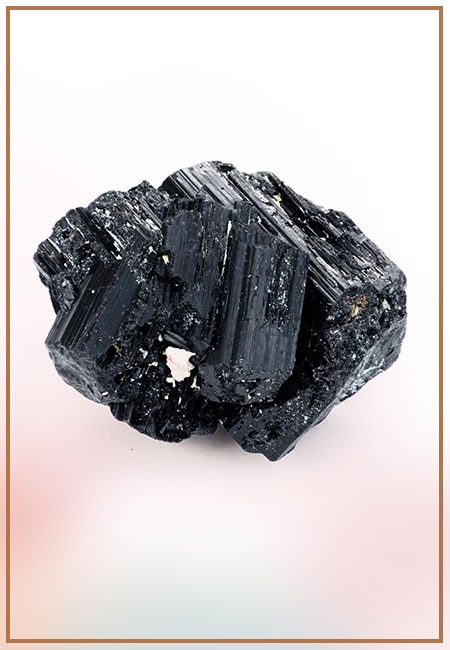
Black Tourmaline: Meaning, Healing Properties, Fascinating Facts, Powerful Attributes, Versatile Uses, and Beyond
September 05, 2023 / BY Team DWS
Black Tourmaline, also known as Schorl, is a highly revered crystal with incredible metaphysical properties. It derives its name from the Dutch word "turamali," meaning "stone with ..
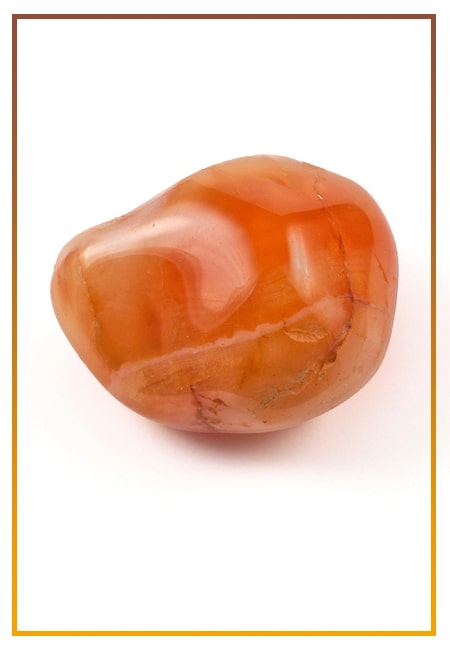
Carnelian Stone: Meaning, Healing Properties, Power, Facts, Color, Uses and More
December 26, 2023 / BY Team DWS
Carnelian is a vibrant and captivating gemstone that holds a plethora of meanings, healing properties, and powers. Its warm and fiery energy makes it a popular choice among crystal ..
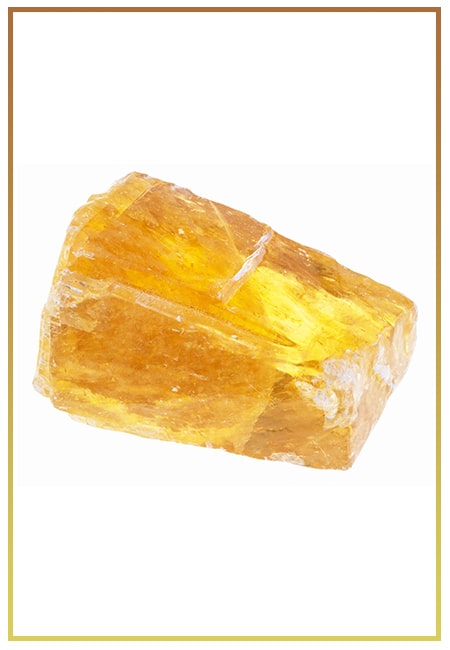
Citrine: Exploring its Meaning, Healing Properties, Fascinating Facts, Powers, Versatile Uses, and Much More
November 18, 2023 / BY Team DWS
Citrine, with its warm golden hues, has captured the attention and imagination of people for centuries. This beautiful gemstone, commonly associated with wealth and prosperity, hol ..

Black Onyx: Unveiling the Meaning, Healing Properties, Fascinating Facts, Powerful Attributes, Versatile Uses, and Beyond
July 25, 2023 / BY Team DWS
Black Onyx, a striking gemstone admired for its deep black hue and elegant appearance, has captivated people for centuries. In this comprehensive guide, we will delve into the mean ..
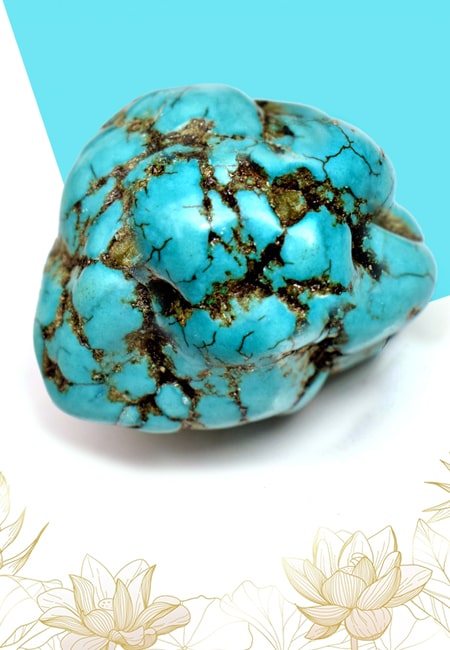
Unveiling the Mysteries of Turquoise Stone: Exploring its Meaning, Healing Properties, Power, Facts, Color, Uses, and More
December 05, 2023 / BY Team DWS
Turquoise, with its captivating blue-green hue, has been adorning jewelry and artifacts for centuries. This striking stone has a rich history, rich symbolism, and a plethora of int ..

The History Behind The Popularity of Red Agate
December 23, 2022 / BY Team DWS
An Agate is a type of magma rock that takes many years till it is washed out naturally into the water. And that is the reason this stone has elements of water. This beautiful stone ..
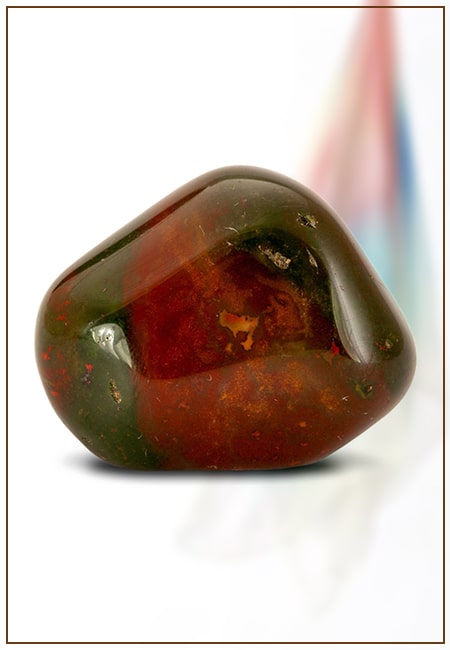
Bloodstone: Unveiling the Meaning, Healing Properties, Facts, Powers, Uses, and More
August 21, 2023 / BY Team DWS
Bloodstone, with its captivating deep green color with specks of red, is a mesmerizing gemstone that has fascinated civilizations for centuries. It possesses unique healing propert ..

Plan a Perfect Valentine's Week with Our Valentine Week List 2025
January 22, 2024 / BY Team DWS
Valentine's Day is undoubtedly the most romantic day of the year, but we believe that one day is just not enough to express your love and make your partner feel special. That's why ..


